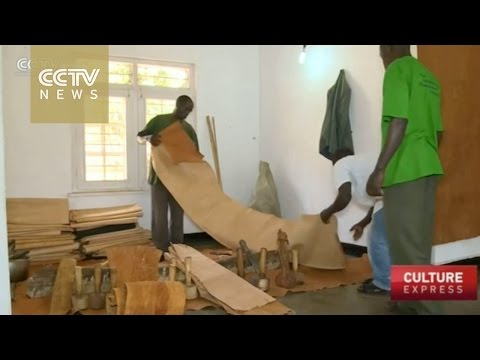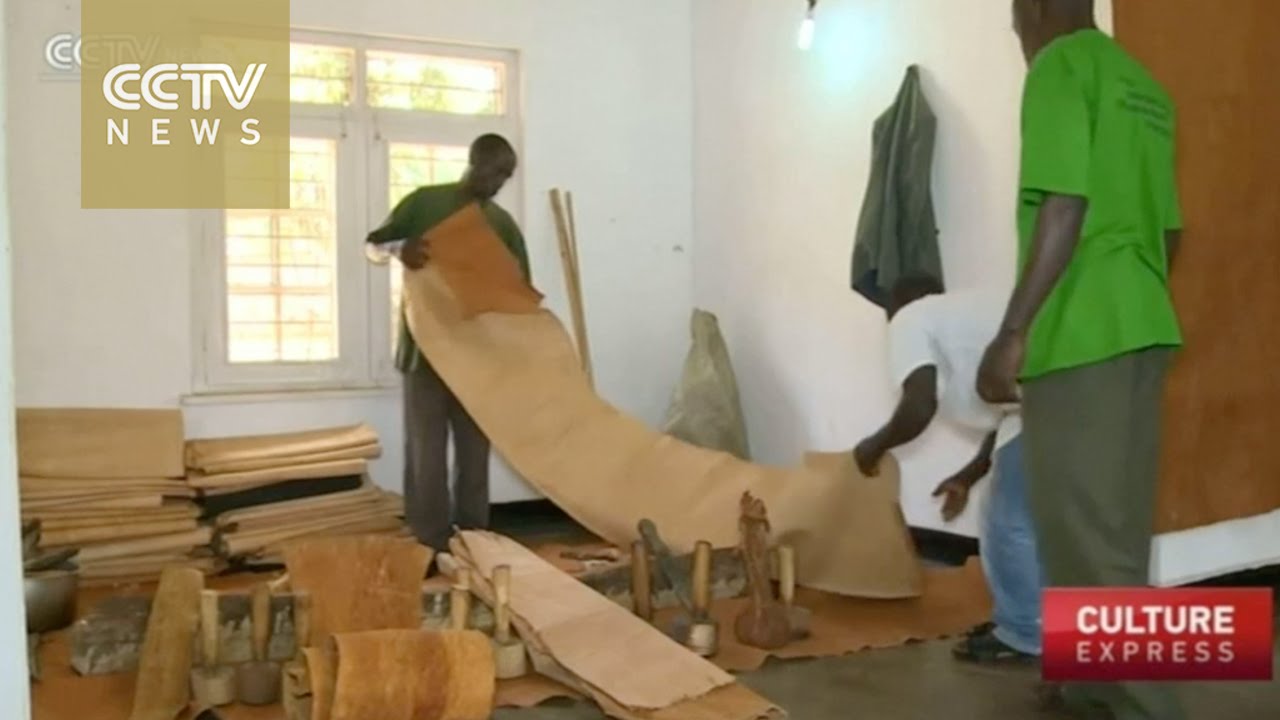Tree bark fabric is a unique and captivating textile that brings the essence of nature into your home. Crafted with utmost precision and attention to detail, this fabric beautifully replicates the intricate patterns and textures found in real tree bark. Each thread and weave is meticulously designed to recreate the organic and authentic feel of natural wood, making it a perfect choice for those who appreciate the beauty of the great outdoors. Whether used for upholstery, curtains, or decorative accents, this fabric adds a touch of elegance and sophistication to any space.
Not only does tree bark fabric offer a visually stunning aesthetic, but it also boasts exceptional durability and longevity. The fabric is carefully engineered to withstand everyday wear and tear, making it perfect for high-traffic areas in your home or office. Its resilient and hardwearing properties ensure that it maintains its stunning appearance for years to come, even with regular use.
Furthermore, tree bark fabric is an environmentally conscious choice. By opting for this fabric, you are embracing sustainability and reducing your carbon footprint. The fabric is crafted using eco-friendly materials and manufacturing processes, making it a guilt-free and socially responsible choice for the conscious consumer.
Experience the beauty of nature in a whole new way with tree bark fabric. Transform your living space into a tranquil oasis that exudes natural beauty and serenity. Add a touch of warmth and texture to your interior design with this extraordinary fabric that will surely captivate all who enter your space.

The Fascinating World of Tree Bark Fabric
When it comes to sustainable and innovative materials, tree bark fabric is certainly making its mark. This unique and versatile material is gaining popularity for its eco-friendly properties and its potential to revolutionize the fashion and textile industry. In this article, we will delve into the world of tree bark fabric, exploring its origins, production process, and various applications.
The Origins of Tree Bark Fabric
Tree bark fabric, also known as cork fabric, has been used for centuries in various cultures around the world. The use of tree bark as a textile dates back to ancient civilizations such as the Egyptians and the Greeks. These early civilizations discovered the remarkable properties of tree bark, including its durability, flexibility, and water resistance.
Today, tree bark fabric is predominantly produced from the bark of the cork oak tree, scientifically known as Quercus suber. This tree is primarily found in the Mediterranean region, specifically in Portugal, Spain, and Italy. The cork oak tree is known for its ability to regenerate its bark, making it a sustainable and renewable resource.
The Production Process
The production of tree bark fabric involves several intricate steps to transform the raw material into a usable textile. The process begins with the careful extraction of the bark from the cork oak tree. Skilled craftsmen strip the outer layer of bark without harming the tree, allowing it to grow and regenerate new bark.
Once the bark is collected, it undergoes a thorough cleaning process to remove any impurities. The bark is then boiled to soften the fibers and make it more malleable. Next, the softened bark is flattened and dried, ensuring it retains its natural texture and properties.
After the drying process, the bark is meticulously inspected and sorted based on its quality and thickness. The highest-quality bark is then laminated onto a fabric backing using eco-friendly adhesives. This backing provides stability and enhances the fabric’s durability and strength.
The Advantages of Tree Bark Fabric
Tree bark fabric offers a plethora of advantages that make it an attractive alternative to traditional textiles. Firstly, it is an eco-friendly material, as the extraction of tree bark does not harm the cork oak tree and allows it to continue growing. Additionally, the production process of tree bark fabric requires minimal energy and water consumption, further reducing its environmental impact.
Another key advantage of tree bark fabric is its versatility. It can be used in various applications, including fashion, upholstery, and accessories. The fabric’s unique texture and natural appearance add an element of sophistication and elegance to any design. Moreover, tree bark fabric is lightweight, flexible, and breathable, making it ideal for garments and accessories.
Furthermore, tree bark fabric is hypoallergenic, making it suitable for individuals with sensitive skin. It is also naturally resistant to water, dust, and mites, making it easy to clean and maintain. These properties make tree bark fabric an excellent choice for upholstery and home decor applications.
The Future of Tree Bark Fabric
As the demand for sustainable materials continues to grow, tree bark fabric is poised to play a significant role in the future of the fashion and textile industry. Designers and manufacturers are increasingly embracing this innovative material and incorporating it into their collections.
Moreover, ongoing research and development in the field of tree bark fabric are exploring new techniques and applications. Scientists are investigating ways to enhance the fabric’s properties, such as improving its water resistance and durability. Additionally, efforts are being made to expand the range of colors and patterns available in tree bark fabric, further broadening its potential uses.
In Conclusion
Tree bark fabric is more than just a sustainable alternative to traditional textiles; it is a testament to human ingenuity and our ability to create innovative solutions. With its eco-friendly properties, versatility, and unique texture, tree bark fabric is undoubtedly a material to watch out for. As it continues to gain recognition and popularity, it has the potential to reshape the fashion and textile industry for the better.
Modern Artists in Uganda Embrace the Timeless Charm of Tree Bark Fabric
Tree Bark Fabric
Tree Bark Fabric
| Tree Species | Bark Texture | Color | Usage |
|---|---|---|---|
| Birch (Betula spp.) | Smooth and Paper-like | White with Black Striations | Traditional crafts, papermaking, and decorative applications |
| Oak (Quercus spp.) | Deeply Furrowed | Dark Brown to Black | Furniture upholstery, home decor, and natural dyeing |
| Maple (Acer spp.) | Scaly and Ridged | Light to Medium Brown | Textile industry, fashion, and interior design |
| Willow (Salix spp.) | Smooth and Flexible | Light Gray to Dark Brown | Handcrafted baskets, weaving, and eco-friendly packaging |
| Pine (Pinus spp.) | Cracked and Squarish | Various shades of Brown | Outdoor furniture, rustic accessories, and sustainable fashion |
Tree bark fabric presents an intriguing combination of natural aesthetics and sustainable functionality. This unique textile is crafted from carefully harvested tree barks, which are then processed to create a versatile material that can be used in various applications. Each tree species contributes its distinct characteristics, resulting in a diverse range of textures, colors, and usage options.
Birch bark fabric, with its smooth and paper-like texture, showcases a white base adorned with black striations, making it ideal for traditional crafts, papermaking, and decorative applications. Oak bark fabric, on the other hand, features deeply furrowed patterns in dark brown to black hues. It finds its place in furniture upholstery, home decor, and even natural dyeing endeavors.
Maple bark fabric boasts scaly and ridged surfaces, offering a light to medium brown color palette. This fabric finds its popularity in the textile industry, fashion, and interior design, where its unique texture adds a touch of elegance to various creations. Willow bark fabric, with its smooth and flexible nature, is perfect for handcrafted baskets, weaving projects, and eco-friendly packaging solutions. Its light gray to dark brown shades exude a natural charm.
Lastly, pine bark fabric exhibits cracked and squarish patterns, available in various shades of brown. This fabric is often utilized in manufacturing outdoor furniture, rustic accessories, and sustainable fashion items, as it brings a touch of nature to these products.
Embracing the beauty and sustainability of tree bark fabric allows designers and artisans to create truly remarkable pieces that honor nature’s artistry.

